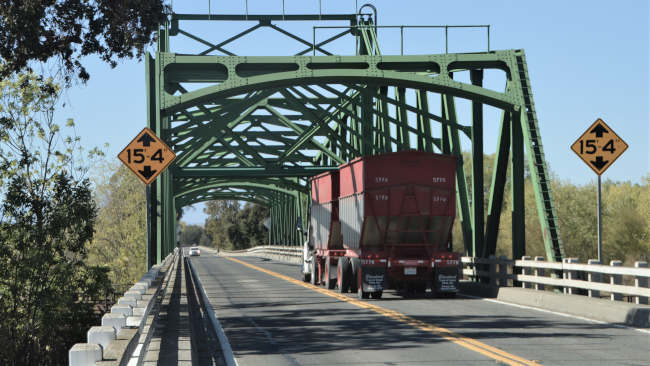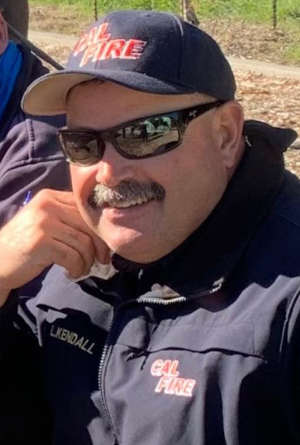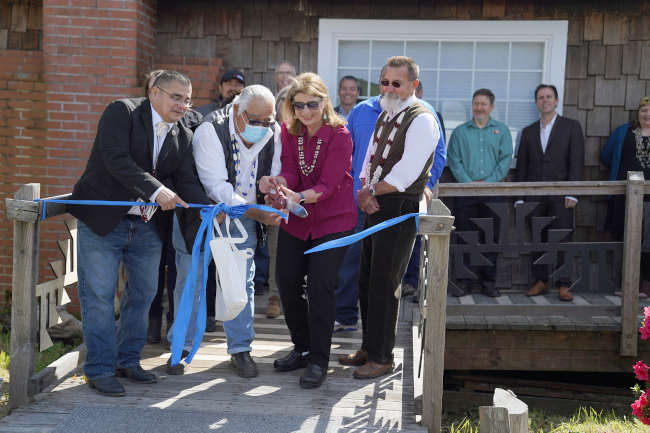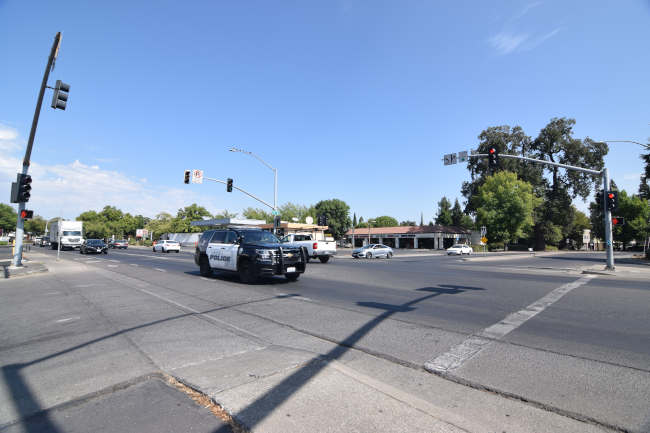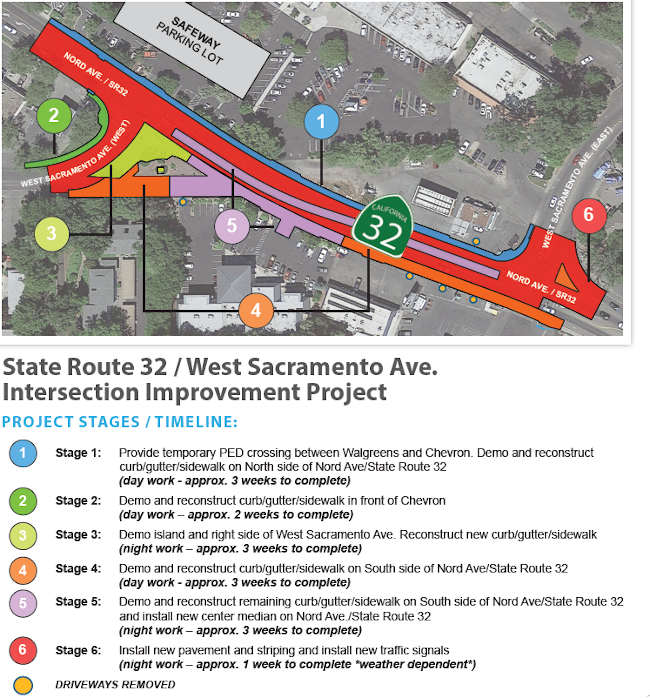- Caltrans
- Posted On
Caltrans breaks ground on bridge replacement in Glenn County
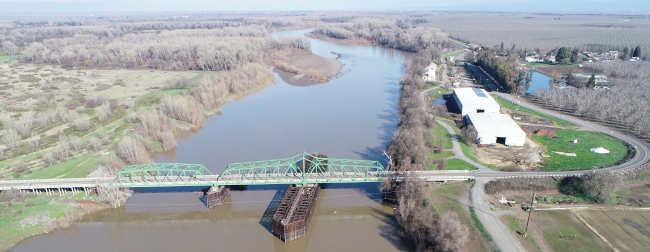
GLENN COUNTY, Calif. — Caltrans broke ground on Thursday on a major Sacramento River bridge and viaduct replacement project on State Route 162 in the Butte City area of Glenn County.
The $106 million project includes $13.8 million in funding from Senate Bill (SB) 1, the Road Repair and Accountability Act of 2017.
“With about 1,200 farms, agriculture serves as the engine that drives Glenn County’s economy,” said Caltrans District 3 Director Amarjeet S. Benipal. “The new Butte City Bridge and viaduct will enhance motorist safety and meet the needs of today’s larger farm tractors and commercial trucks that serve the county’s $750 million-per-year farm economy.”
For more than seven decades, residents, travelers, farmers and school buses have relied on the Butte City Bridge to cross the Sacramento River.
On average, more than 2,700 vehicles, including more than 270 trucks, travel daily on the bridge, which connects the county seats of Willows in Glenn County and Oroville in Butte County.
The aging structure serves as a vital transportation link connecting Glenn, Colusa and Butte counties. Without the bridge, motorists would have to travel more than 30 miles to connect back to State Routes 162 and 45.
Crews will construct a new bridge and viaduct featuring 12-foot traffic lanes and 8-foot shoulders in each direction just north of the current alignment. The structure will feature a 4,686-foot cast-in-place prestressed box girder.
A 14-foot eastbound shoulder will be constructed on SR 162/Main Street from east of McDougall Street to south of Eureka Street in Butte City.
SB 1 provides $5 billion in transportation funding annually split between the state and local agencies. Road projects progress through construction phases more quickly based on the availability of SB 1 funds, including projects that are partially funded by SB 1. For more information about other transportation projects funded by SB 1, visit www.rebuildingca.ca.gov.
Caltrans District 3 maintains more than 4,385 lanes miles of state highway in 11 Sacramento Valley and Northern Sierra counties. The department issues updates about road conditions on Twitter and on Facebook. For real-time traffic information, go to http://quickmap.dot.ca.gov/ or download the free Caltrans QuickMap app from the App Store or Google Play.
